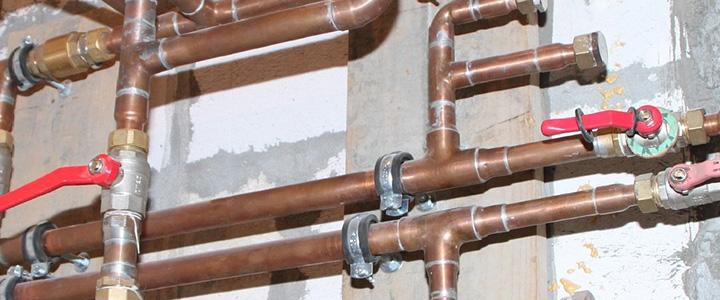
Legionella Bacteria in Drinking Water
Over the last two years, Legionella bacteria detected in the plumbing systems of a motel, campground and an office park in New Hampshire may have contributed to reported cases of Legionnaires’ disease for people using the water at these facilities.
According to the Center for Disease Control and Prevention (CDC), Legionella are the leading cause of waterborne disease outbreaks in the United States. Outbreaks can be severe and sometimes fatal, especially in susceptible populations. Legionnaires’ disease is very similar to other types of pneumonia (lung infection), with symptoms that include cough, shortness of breath, fever, muscle aches, headaches, diarrhea, nausea and confusion. Symptoms usually begin 2 to 14 days after being exposed to the bacteria, but they may take longer to develop. Since symptoms are initially very similar to other common illnesses, testing for Legionnaires’ disease is often limited to only individuals that are very ill.
Legionella bacteria are found naturally in freshwater environments at generally low levels but can become a health problem when amplified in building water systems, especially large, complex water systems such as hotels, hospitals and office buildings. People do not typically get sick from drinking water containing Legionella bacteria, rather symptoms are induced through inhalation. When Legionella bacteria grow in the biofilm of plumbing and are aerosolized through devices such as showers, cooling towers, hot tubs or fountains, people can breathe in small, contaminated water droplets that enter the lungs, resulting in Legionnaires’ disease or a milder version called Pontiac fever.
Water quality in the distribution system of a public water system can and does differ markedly both chemically and microbiologically from that found in a building. Buildings can contain thousands of feet of pipe, some of which result in dead ends, and numerous storage tanks. Warm temperatures, inadequate levels of disinfectant, and stagnant water are key contributors to proliferation of Legionella bacteria. To control Legionella bacteria, it is important to regularly clean fixtures and equipment that come in contact with water within a building, maintain a residual disinfectant level, and recirculate hot water piping loops.
Unless it is for Lead and Copper or Disinfection Byproducts compliance, or in some cases Revised Total Coliform Rule compliance sampling sites, the Safe Drinking Water Act does not require that public water systems sample and analyze water quality parameters in individual building plumbing. This is because: 1) The public water system does not control on-premises plumbing where Legionella bacteria can develop; and 2) There is no clear authority under the Safe Drinking Water Act to proactively regulate the activities required to minimize Legionella bacteria in on-premises plumbing systems. It is also very difficult to characterize to what extent Legionella bacteria are impacting public health because water systems serve water many facilities often with complex premise plumbing systems. In addition, because Legionnaires’ disease exhibits similar symptoms to other illnesses (including COVID), it may not be diagnosed.
The CDC provides extensive information about Legionella bacteria and resources on how to prevent Legionnaires’ disease, including a toolkit on how building owners can develop and implement building water management plans to protect against Legionella bacteria. The guidance documents also explain how to interpret Legionella bacteria testing results and provide a list of laboratories the CDC has identified as being qualified to complete Legionella bacteria testing under its Environmental Legionella Isolation Techniques Evaluation (ELITE) Program. The Association of State Drinking Water Administrators also provides helpful resources for addressing Legionella bacteria.




